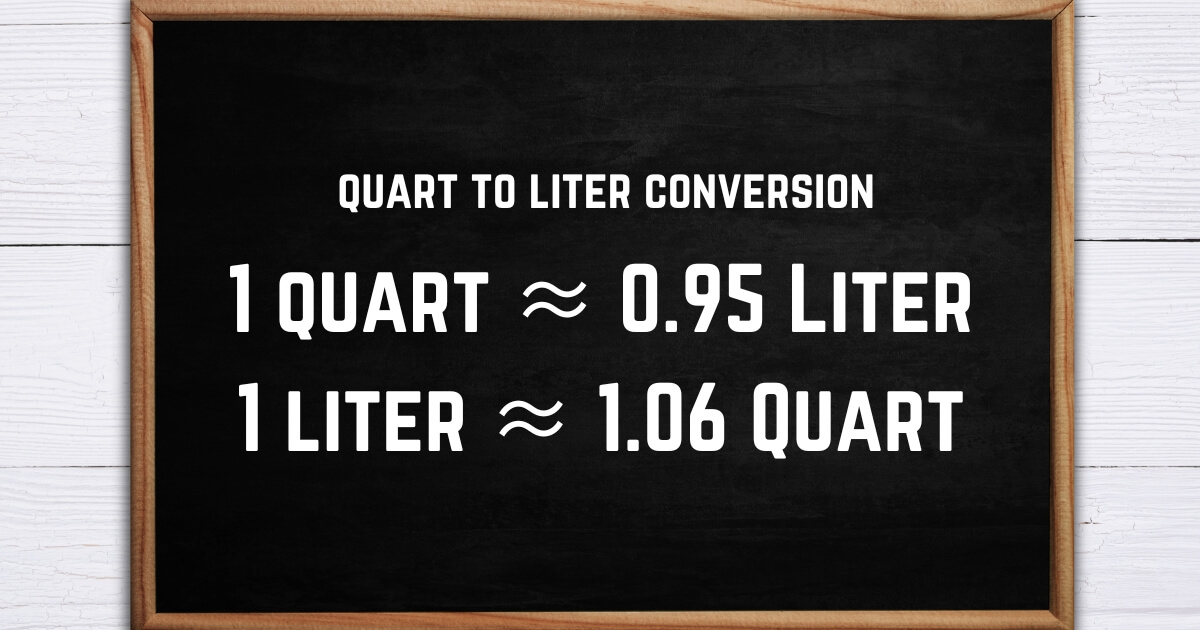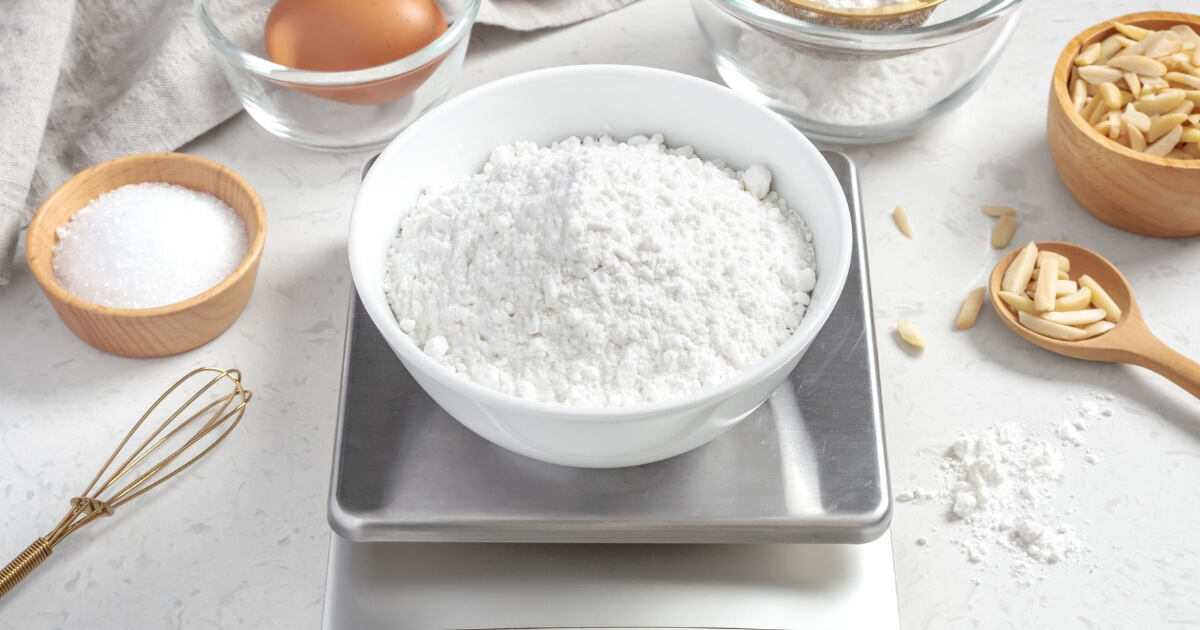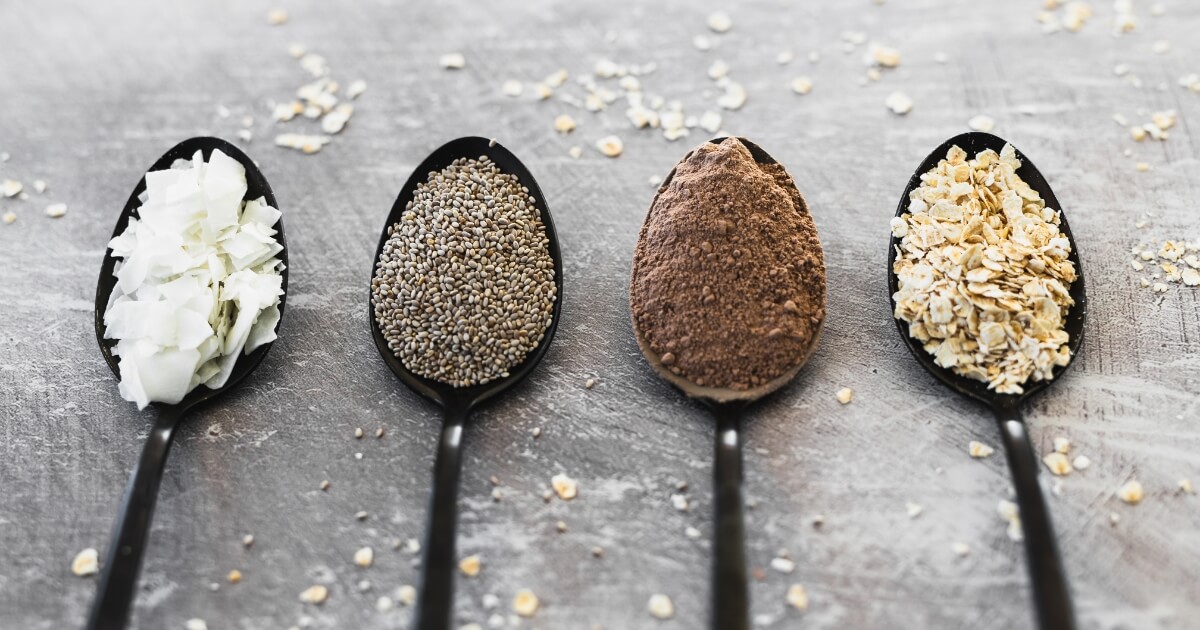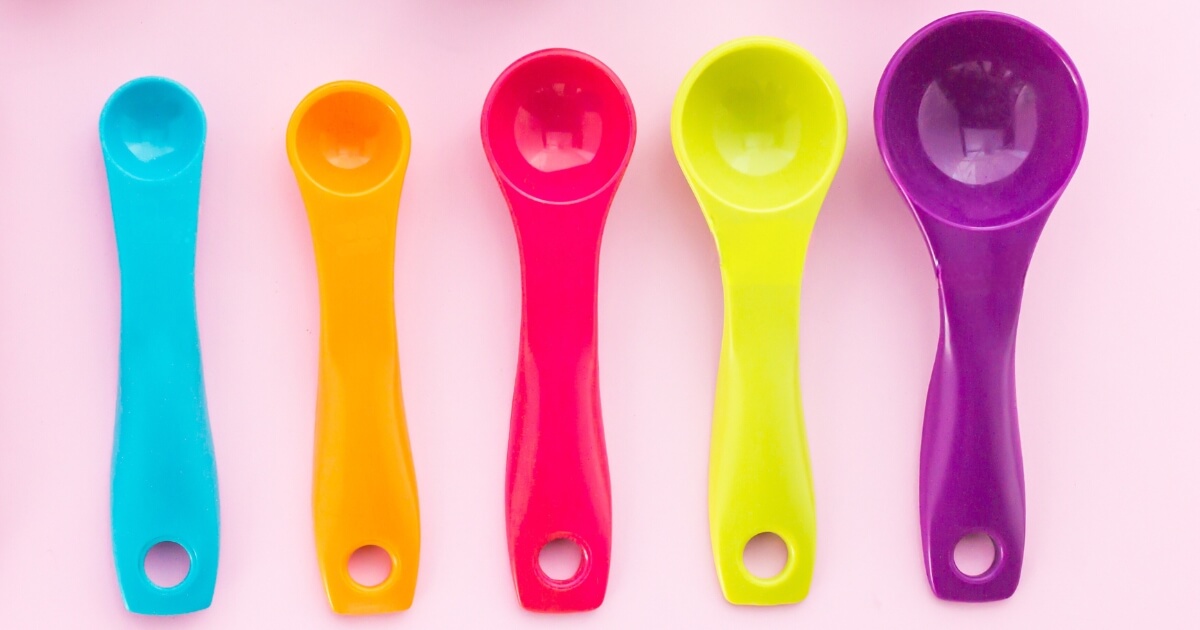Getting mixed up with quarts and liters? Let’s straighten that out and make this conversion a breeze.
You might have seen these two popular units of volume, but you’ll need to know the difference whether you’re figure out a family recipe or trying a dish from a far-off land.

In this guide, I’ve laid out easy-to-follow conversion charts, a practical conversion table, and simple steps to get it right no matter what your recipe calls for.
What are Quarts and Liters?
Quarts and liters are units of volume used in cooking to measure liquids like water, milk, or broth. A quart is part of the imperial system, primarily used in the United States, while a liter is a metric unit, widely accepted around the globe.
In the kitchen, these units come in handy for all sorts of tasks. Whether you’re scaling a recipe up or down, converting between systems to follow an international cookbook, or simply trying to fit a recipe within the size constraints of your cookware, understanding quarts and liters is key to kitchen success.
Simple Conversion Chart
I’ve whipped up a straightforward conversion chart for you, ready to help you tackle any recipe that comes your way.
Here’s how quarts and liters measure up:
- 1 quart (US) = 0.95 liters
- 1 liter = 1.06 US quarts
And because I know how recipes love to throw different measurements at us, let’s look at some other common conversions:
- 1 cup (US) = 0.24 liters
- 1 gallon (US) = 3.79 liters
Simple Conversion Table
Alright, let’s lay it all out on the table—literally. Here’s a simple conversion table to help you quickly see how US quarts stack up against liters and some other measurements you might encounter in the kitchen.
| US Measurement | Liters | Notes |
|---|---|---|
| 1 teaspoon | 0.005 | Tiny but mighty for flavoring |
| 1 tablespoon | 0.015 | Three times a teaspoon, easy peasy |
| 1 fluid ounce | 0.03 | Essential for precise liquid amounts |
| 1 cup | 0.24 | A baker’s best friend |
| 1 pint | 0.47 | Perfect for a hearty soup serving |
| 1 quart | 0.95 | Quarts for milk, oil, water, etc. |
| 1 gallon | 3.79 | Ideal for big batches |
Step-by-Step Conversion
Follow these steps and you’ll be on your way to conversion mastery:
Starting with Quarts to Liters:
- Take the number of quarts you have.
- Multiply that number by 0.94635 to find out how many liters it equates to.
Going from Liters to Quarts:
- Take the number of liters.
- Multiply that number by 1.05669 to convert it into quarts.
Here’s a handy tip: if you’re converting one quart to liters, just remember “nearly one.” Since one quart is almost equal to one liter (specifically, 0.95 liters), this little rhyme can help you remember that a quart is just shy of a liter in volume.
For those times when precision isn’t that important, and you’re in a pinch, simply rounding up and treating one quart as equivalent to one liter can save the day. This works when eyeballing quantities for things like stock in soup or water for boiling pasta.
Just keep in mind that for recipes requiring exact measurements, it’s best to stick with the actual conversion numbers.
When to Use Quarts and Liters
For Liquids: Quarts are often the go-to in American kitchens for measuring larger volumes of liquids—think soups, stews, or stocks. They’re perfect when you’re cooking up a storm for family gatherings or meal prepping for the week. Liters might come into play if you’re following a recipe that originates outside the US or if you’re using kitchen gadgets with metric markings.
For Baking: In baking, precision is key to achieving that fluffy cake or chewy cookie perfection. Here, liters can sometimes offer more accuracy due to their smaller increments in milliliters (1000ml in a liter). Quarts may not be as common in this realm, but they can still be useful for larger batches of batters and doughs.
For Solids: While quarts and liters are primarily used for liquids, they can also apply to dry ingredients. For instance, you might measure berries for jam in quarts because it’s more about volume than weight. However, liters aren’t typically used for dry goods in US recipes.
Common Misconceptions
- Quarts and Liters Are Interchangeable: While they are close in volume, quarts and liters are not the same. Using them interchangeably without proper conversion can lead to a recipe disaster.
- All Quarts Are Created Equal: Keep in mind that the US quart is different from the UK quart (which is about 1.14 liters). Always double-check which system your recipe uses to avoid any confusion.
- Volume Equals Weight: This is a common trap! Volume (quarts and liters) measures space something takes up, while weight measures how heavy something is. A quart of powdered sugar will weigh less than a quart of honey.
- You Can Measure Solids in Quarts and Liters: Technically yes, but usually no. While you can fill a quart-sized container with flour, most solid ingredients are better measured by weight for accuracy since their volume can change dramatically based on factors like settling or how finely ground they are.
Steering clear of these misconceptions will keep your cooking on track. Remember, even small mistakes in measurement can lead to big differences in taste and texture. So grab those measuring cups with confidence—you’ve got this!









